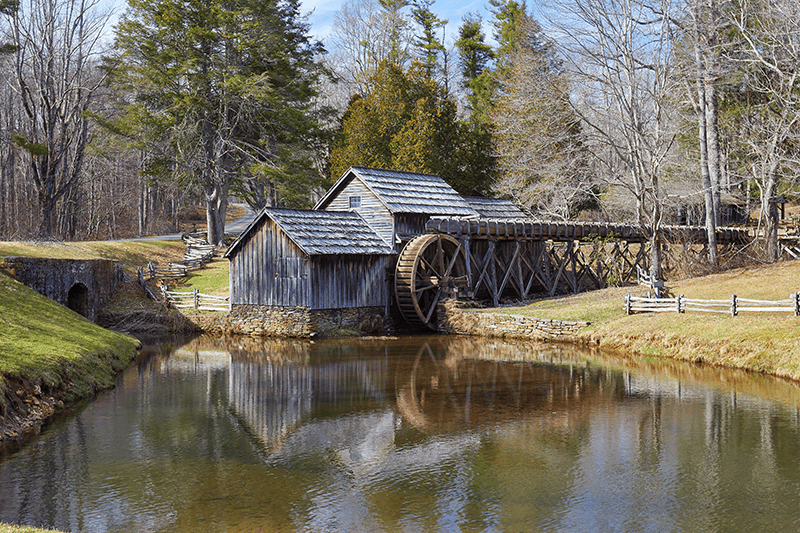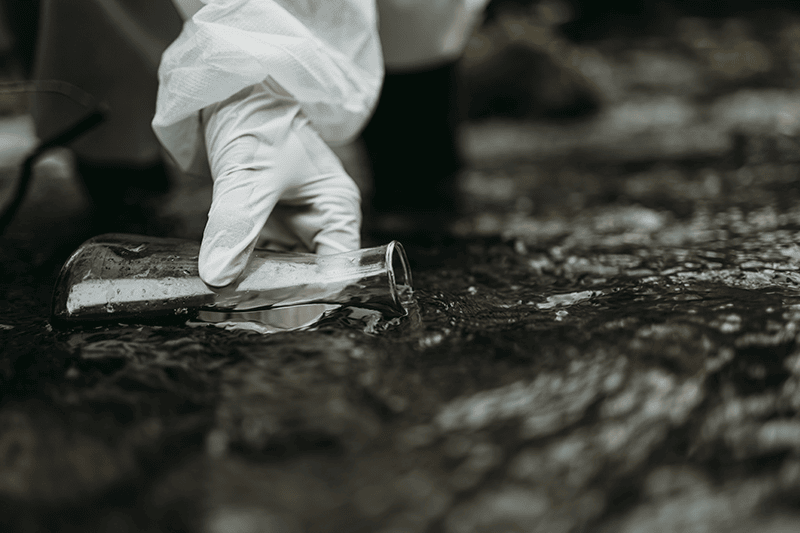The Roanoke Valley-Alleghany Regional Commission (RVARC) plays a pivotal role in addressing environmental concerns in the region, working alongside member localities, state, and federal entities. Its focus areas include water supply planning, watershed improvement, air quality, and stormwater management. RVARC’s approach involves fostering regional partnerships, which enhance the impact of environmental initiatives. It also concentrates on developing effective funding strategies to support these projects. Additionally, RVARC engages in extensive community outreach, educating the public about environmental sustainability and encouraging active participation in environmental preservation efforts. This comprehensive strategy aims to achieve long-term, sustainable environmental solutions in the region.
Resiliency
Environment, Sustainability, Hazard Mitigation
Emergency Management and Disaster Mitigation
The Roanoke Valley-Alleghany Regional Commission (RVARC) handles emergency management and disaster mitigation by collaborating with local, state, and federal agencies. They focus on developing comprehensive preparedness and response plans. RVARC uses grants and data to update local Emergency Operations Plans and coordinates the Regional Pre-Disaster Mitigation Plan. Their approach emphasizes compliance with the Disaster Mitigation Act of 2000, which requires local governments to identify hazards, assess risks, and prioritize mitigation actions to enhance community resilience in the face of disasters.
Air Quality
The Roanoke Valley-Alleghany Regional Commission has been involved in air quality issues on several levels. Traditional transportation planning seeks to minimize emissions through improved transportation systems. In 2003, the Roanoke Valley Metropolitan Statistical Area (MSA) was required by the Environmental Protection Agency (EPA) to enter agreements and establish a plan to reduce Ozone pollution in the Roanoke Valley. The Regional Commission and Roanoke Valley Transportation Planning Organization (TPO) assisted with this process and plan. Currently, staff at the Commission, through the Ride Solutions program, provides additional air quality information and resources.
Water Supply and Water Quality

Water Supply
The Roanoke Valley – Alleghany Regional Commission participates in the state mandated regional water supply plans required of our member localities. There are three water supply plans which overlap the Roanoke Valley – Alleghany region. All of them were adopted simultaneously, and were reviewed by the Virginia Department of Environmental Quality in 2013. A 5-year update to these plans will be required by December of 2018, and the Regional Commission is working with localities to ensure that this deadline is met.
- The Upper James Water Supply plan covers Alleghany, Bath, and Highland Counties, as well as Lexington, Buena Vista, Covington, Clifton Forge and Iron Gate.
- The Roanoke River Water Supply plan covers Roanoke, Bedford, Botetourt, and Franklin Counties as well as the cities of Roanoke and Salem, and the Towns of Boones Mill, Buchanan, Fincastle, Rocky Mount, Troutville and Vinton.
- The Craig County – Town of New Castle Regional Water Supply Plan covers Craig County and the Town of New Castle.
More information about the state water supply plan requirements and outcomes can be found at the DEQ website.

Water Quality
Apart from the activities described on the Stormwater page of this site, which apply to localities and portions of localities which are under a required MS4 permit, the Regional Commission also works with DEQ to facilitate water quality improvements in rural portions of our service area. This is done through formulating and implementing a Total Maximum Daily Load study or TMDL.
The Virginia Department of Environmental Quality (DEQ) is responsible for developing implementation plans to restore and maintain the water quality in Virginia. These studies determine the total pollutant load a water body can assimilate and still meet Federal and state water quality standards. Following the completion of a TMDL, an implementation plan, commonly called a cleanup plan, is developed for the watershed. In addition to improving water quality, implementation plans can impact land uses such as agriculture, local stormwater regulations, and wastewater discharge permits. The Regional Commission works with DEQ, local governments, private sector stakeholders and citizens to develop and implement TMDLs in area watersheds.
The Roanoke River is currently covered by several TMDLs for E.Coli, PCBs, and Sediment.
Urban Forestry
The Roanoke Valley-Alleghany Regional Commission (RVARC) is heavily involved in urban forestry through its Urban Tree Canopy (UTC) analysis project. Updated since 2010, this collaborative effort with local and state entities uses GIS and aerial photography to assess land cover, including tree canopies, in the Roanoke Valley. The data aids in setting urban tree canopy goals, formulating urban forestry plans, and promoting tree coverage expansion. Enhanced tree canopy is linked to healthier, more prosperous neighborhoods.
Stormwater Management
The Roanoke Valley-Alleghany Regional Commission (RVARC) is at the forefront of stormwater management in the region. Collaborating with local, state, and federal partners, RVARC focuses on tackling stormwater challenges. This joint effort is geared towards minimizing flood risks and enhancing the water quality of local rivers and streams, thereby contributing to both environmental sustainability and community safety.